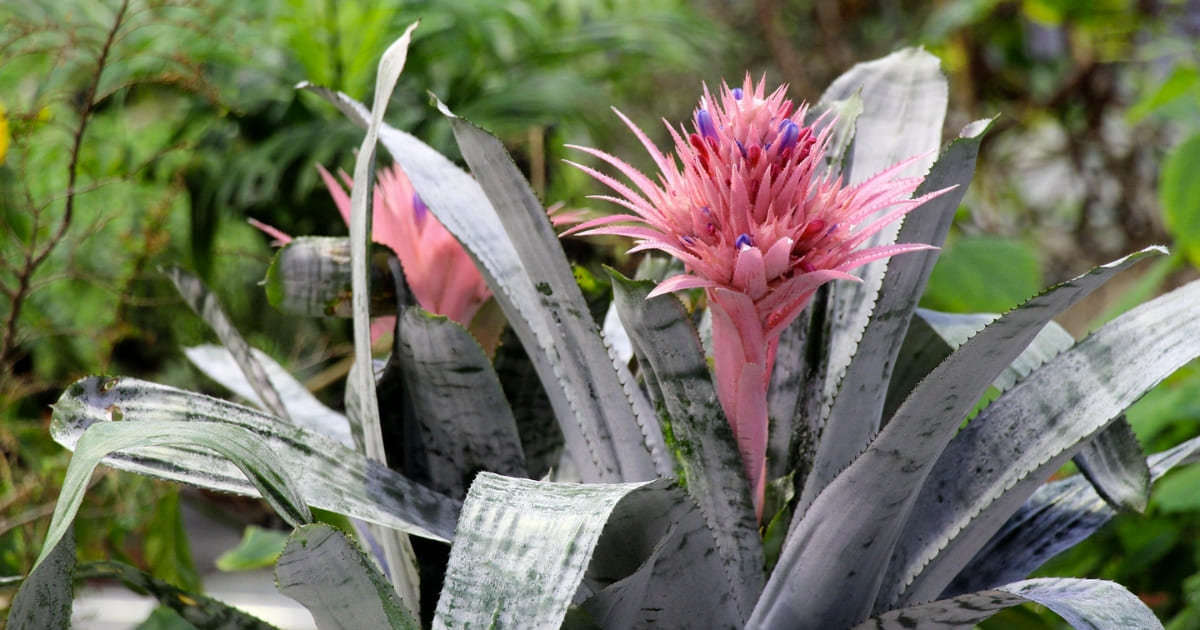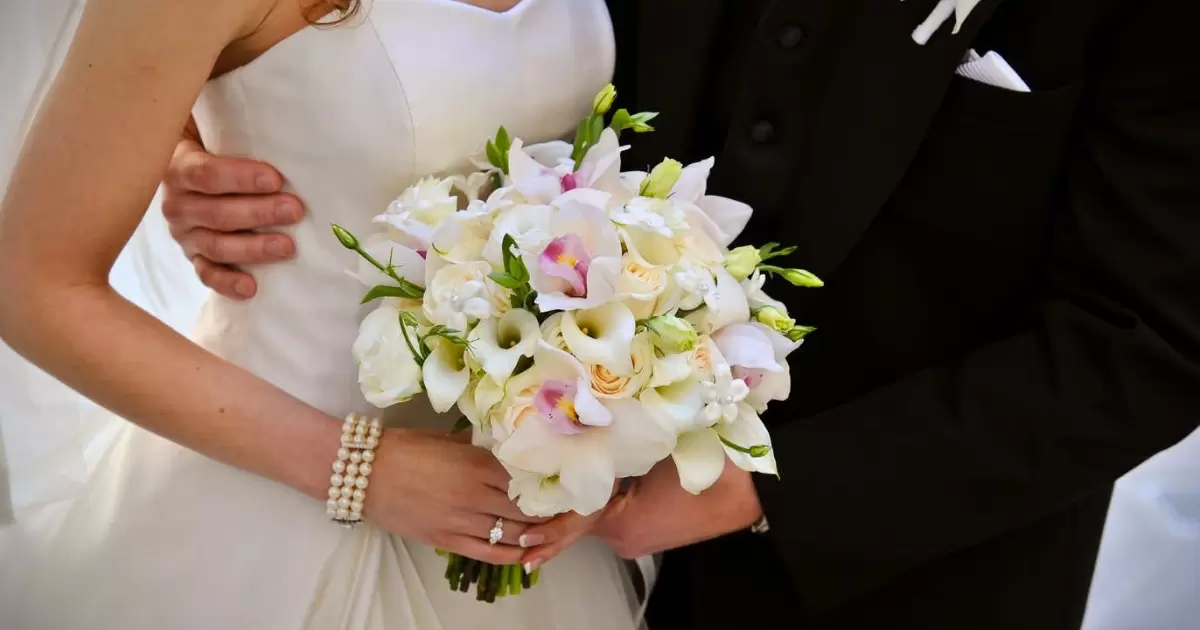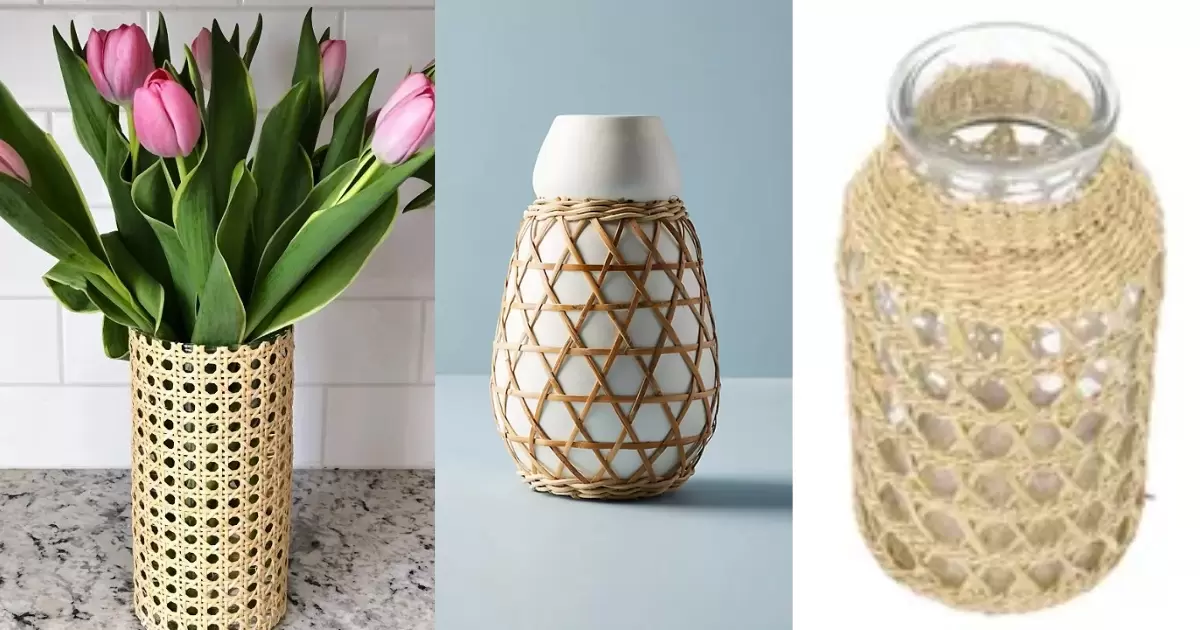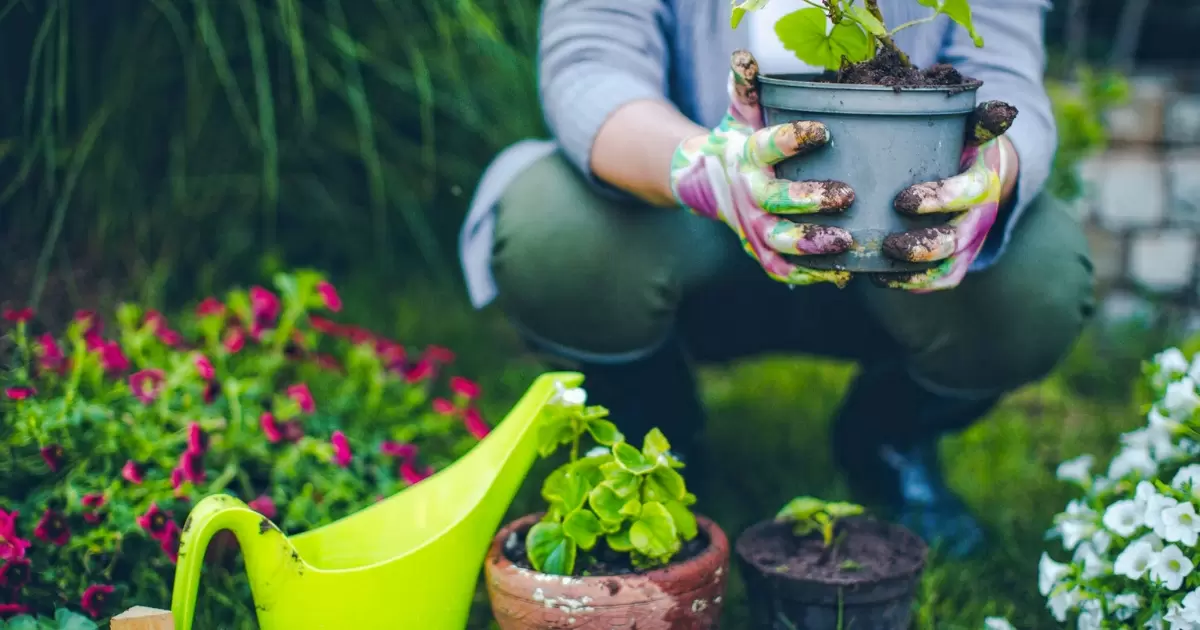Urn plants are a popular variety of tropical foliage plants that are grown in containers resembling decorative urns. With their lush leaves and cascading or upright growth habit, they make striking centerpieces in indoor and outdoor spaces.
Taking care of an urn plant is simple. It thrives in indirect sunlight. Ensure the soil drains well. Water regularly, but don't soak the soil. Maintain moderate humidity levels. Avoid extreme temperature changes. Prune dead or damaged leaves. Fertilize occasionally for optimal growth.
Ready to dive into urn plant care? By understanding its needs, you can ensure its well-being. Caring for them properly allows them to thrive for years. This guide will walk you through everything you need to know about successfully growing urn plants.
Getting Started With Your Urn Plant
When selecting an urn plant, consider the size, leaf shapes and colors that appeal most to you. Some varieties have dramatic, red-veined leaves while others are a vibrant chartreuse green. Growth rate is another factor, as slow-growing types will maintain a more compact shape.
The urn itself should be made of weather-resistant material like ceramic, concrete or metal. Make sure it has drainage holes and is sized appropriately for the plant's root system. A too-large urn may retain moisture longer than the plant prefers. An urn that's too small will need repotting more frequently.
Placement is key - urn plants thrive in bright, warm conditions. In temperate climates, they can adorn outdoor living spaces during summer months provided they are not exposed to harsh midday sun. Protect them from cold weather by moving urns into a sunny indoor location for the winter.
Sun and Temperature Conditions
Urn plants prefer bright, indirect sunlight, which allows their foliage to develop vivid coloration. hydrangeas for cut flowers and dried flowers In their native tropical habitats, they grow beneath the dappled light of rainforest canopies. When grown as houseplants, place them near brightly-lit southern or western windows. Rotating the plant weekly ensures even exposure.
Daytime temperatures between 60-80°F suit most urn plants best. Cool nighttime temperatures around 50°F won't harm them. Avoid placing plants in drafty areas or exposing them to temperatures below 45°F, which can shock the plant.
When moving an urn plant outdoors for the summer, do so gradually to acclimate it to more intense sun and heat. Start by placing it in partial sun, gradually increasing light levels over 7-10 days to avoid leaf burn. Monitor for pests that may thrive in outdoor conditions.
Watering and Humidity Best Practices
Urn plants should be thoroughly watered just as the top inch of soil becomes dry. Check dryness by inserting your finger into the soil. Take care not to oversaturate the soil, which can lead to root rot over time. Ensure the bottom of the urn has adequate drainage holes to prevent waterlogged soil.
These tropical plants also appreciate ample ambient humidity similar to that of their jungle homes. Misting the leaves daily helps supplement moisture. Another option is filling a shallow pebble tray with water, then placing the urn on top of the pebbles. As the water evaporates from the pebbles it increases humidity immediately surrounding the plant.
Soil and Fertilizer Recommendations
Urn plants thrive in a rich, well-draining potting mix. Pre-made tropical plant potting soils are ideal. You can also make your own mix using compost, peat moss or coco coir and perlite. Soil should retain some moisture but drain well and not become waterlogged.
|
Aspect |
Recommendations |
|
Soil Type |
Well-draining, rich potting mix |
|
Fertilizer |
Balanced liquid fertilizer every 2 weeks |
|
pH Level |
Slightly acidic (pH 6.0-6.5) |
|
Organic Matter |
Compost or organic fertilizer annually |
|
Nutrients |
Nitrogen-rich for foliage growth |
Every 2-3 years, urn plants tend to become rootbound. Carefully remove the plant from its urn and inspect the root mass. Re-pot into fresh soil if roots are densely circled along the perimeter. Trim any damaged roots before re-planting.
Pruning and Shaping Over Time
To maintain an attractive urn plant, be diligent about removing any yellow, dying foliage promptly. Make cuts just above leaf nodes to maintain shape. If plants become leggy with sparse leaves only at branch tips - cut stems back to just above the soil line to encourage bushier new growth. Tall varieties may require staking to support top-heavy stems and prevent toppling.
Shaping is largely achieved by occasional pruning. Both pinching out growing tips and shortening wayward branches guides growth toward the desired silhouette. Take care not prune too often, which can weaken plants.
Troubleshooting Common Urn Plant Problems
If urn plant leaves turn yellow or brown at edges, droop, wilt, or drop prematurely it often indicates insufficient sunlight or overwatering issues. Try moving the plant to a brighter location before investigating drainage issues.
Slow growth and off-color foliage can point to nutrient deficiencies. This may occur when soil becomes depleted or acidic over time. Fertilizing more frequently or re-potting in fresh soil usually revives such plants.
Spider mites and other pests may take hold if humidity is too low. Regular misting deters most insects, but infestations can be handled with insecticidal soap sprays as needed. Isolate and treat infected plants to prevent spread.
The Rewards of Growing Urn Plants
For both novice and expert gardeners alike, urn plants offer unique appeal and satisfaction. The incredible diversity of foliage colors, shapes, patterns, and textures allows for endless design possibilities both indoors and out. Some varieties produce graceful cascades of leaves for a stunning vertical accent.
The urn itself makes a decorative container, housing the lush tropical foliage within. A few urn plant types even produce delicate fragrant blossoms. Gardenia's white blooms are a classic favorite, as are vibrant hibiscus blooms in shades of red, orange, pink and more.
Frequently Asked Question
How do you care for an urn plant indoors?
Keep urn plant in bright, indirect light and water when the top inch of soil feels dry. Maintain moderate humidity and temperatures between 65-75°F.
Why is my urn plant dying?
Your urn plant may be dying due to overwatering or insufficient light. Check soil moisture and adjust watering frequency, and ensure it's getting adequate sunlight.
How do you take care of an urn?
Keep it in a secure place away from direct sunlight and handle it with care when moving. Occasionally dust the surface gently with a soft cloth.
Is bromeliad an indoor plant?
Yes, bromeliads can thrive indoors with proper care, enjoying bright, indirect light and moderate humidity. They add a tropical touch to indoor spaces.
Conclusion
The nurturing of an urn plant requires attention to its specific needs. Understanding its preference for indirect sunlight and well-draining soil is crucial. Regular watering without allowing the soil to become soggy promotes healthy growth.
Maintaining moderate humidity levels and avoiding extreme temperature fluctuations are essential. Pruning dead or damaged leaves and providing occasional fertilization can aid in its overall vitality. By adhering to these care guidelines, one can ensure the longevity and flourishing of their urn plant.
.png)












